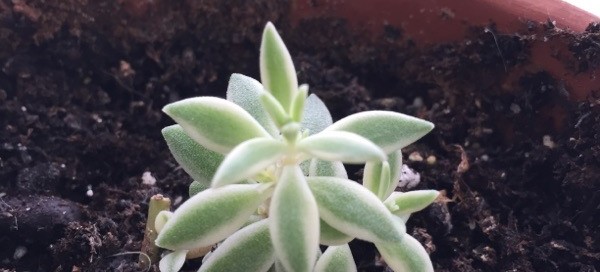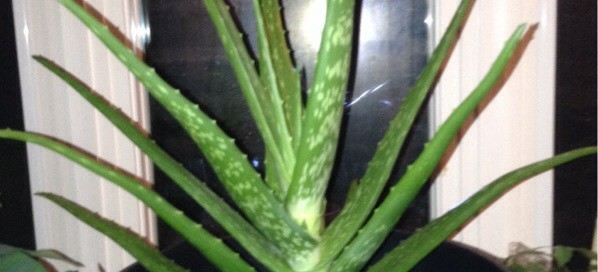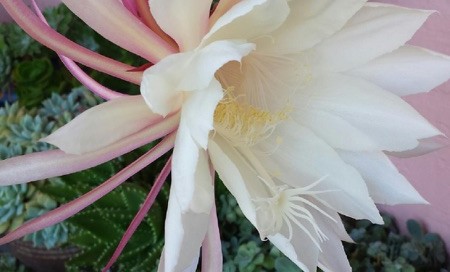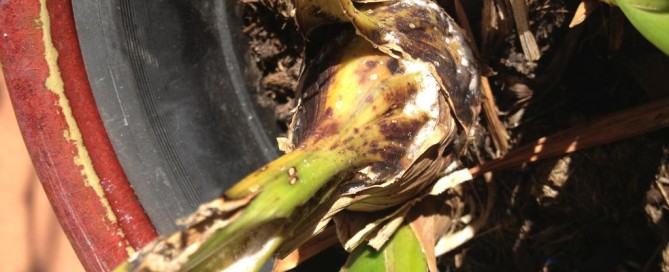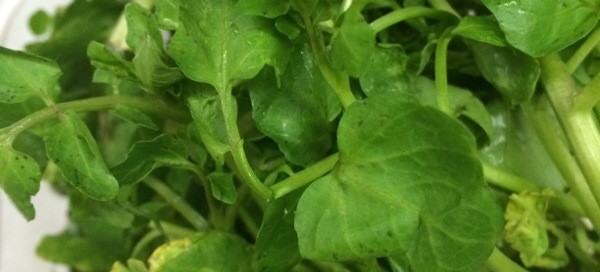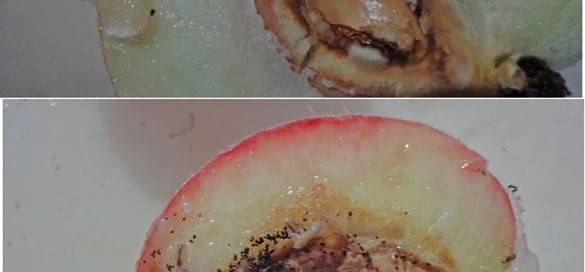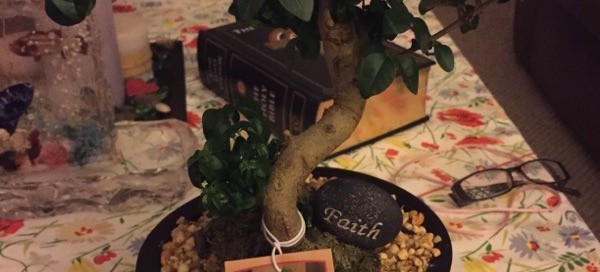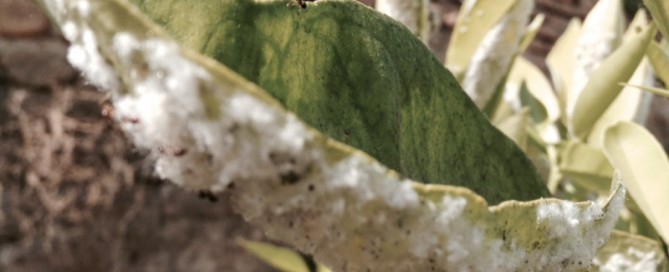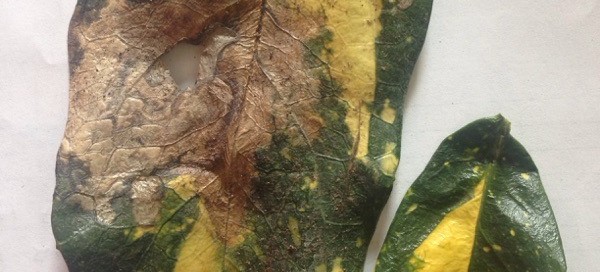Cream And Green Carpet Sedum
Native to Japan and possibly China, a tough low growing evergreen succulent to 6" tall and trailing to 2' wide with needle-like pale green leaves that have a thin creamy-white margin. The new growth on this plant is often upright and then lies down under the weight of the stems and in shade it tends to grow slightly more open and taller. When this plant flowers in the early summer, the small bright yellow starburst flowers appear just above the foliage. Plant in full to part sun in a well-drained soil and irrigate occasionally to regularly. Hardy to 0 °F. A great plant for use as a ground cover (tolerates steep slopes), for tight spots such as embedded in walls or rock gardens, in hanging baskets, tumbling over a wall or even as a house plant in a bright spot.
